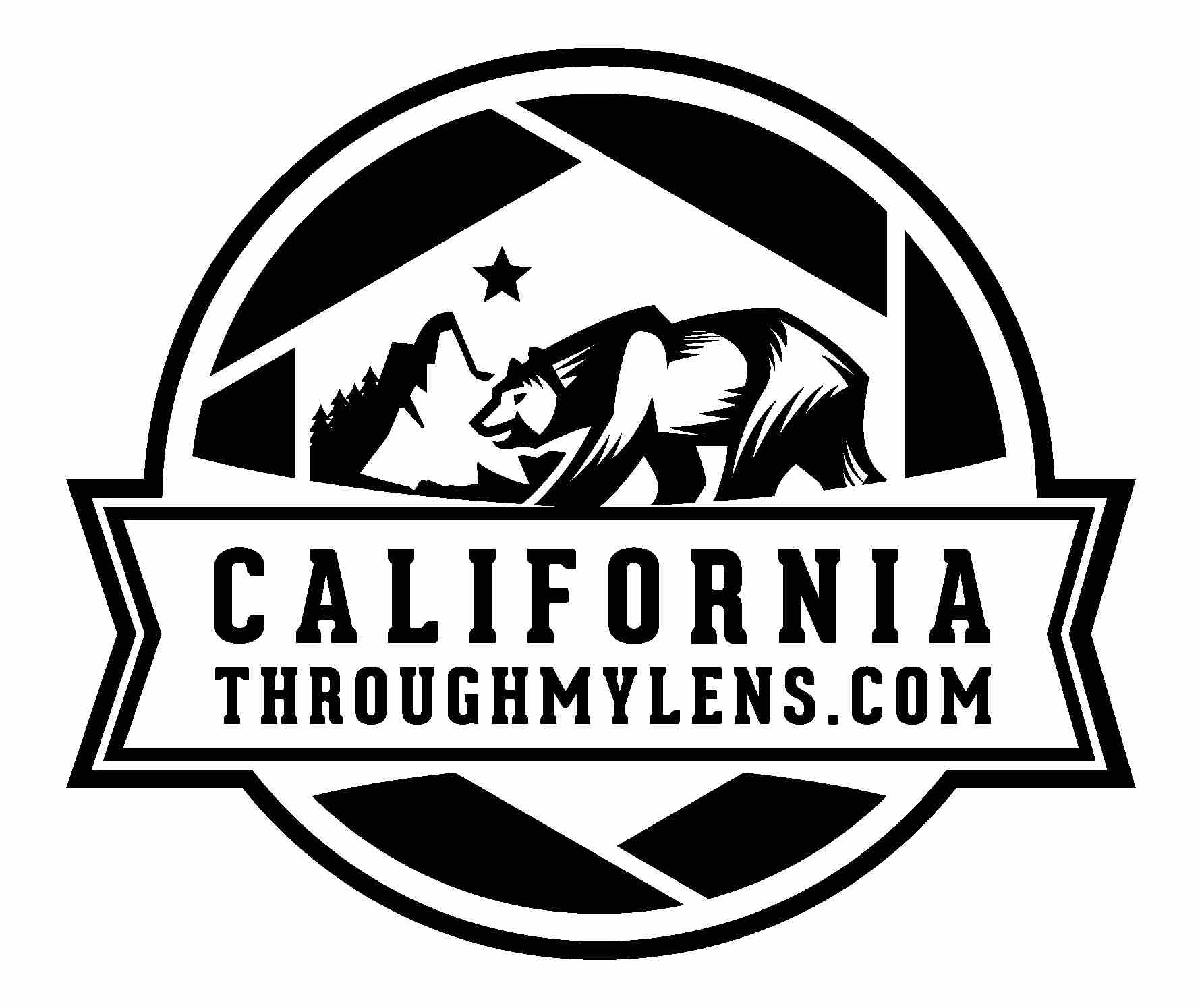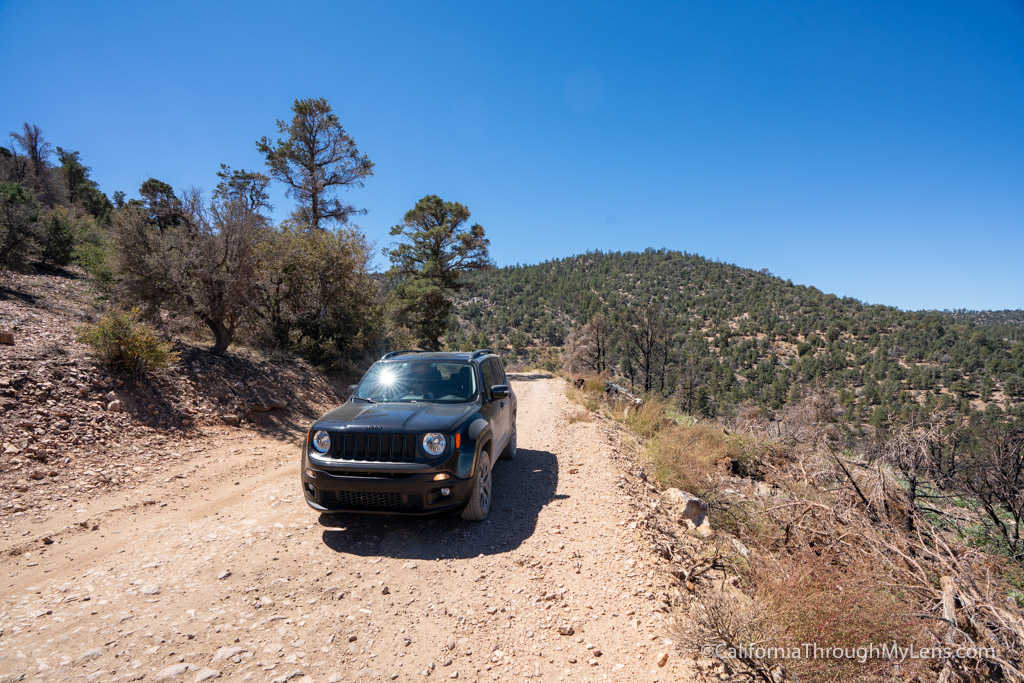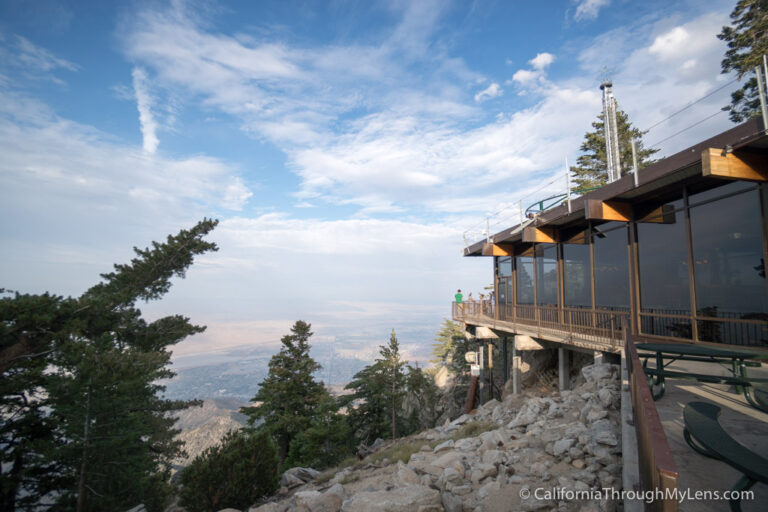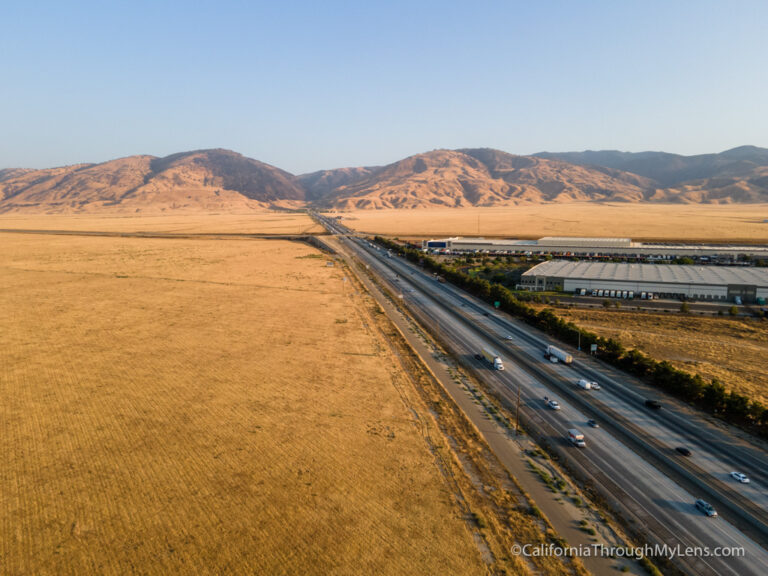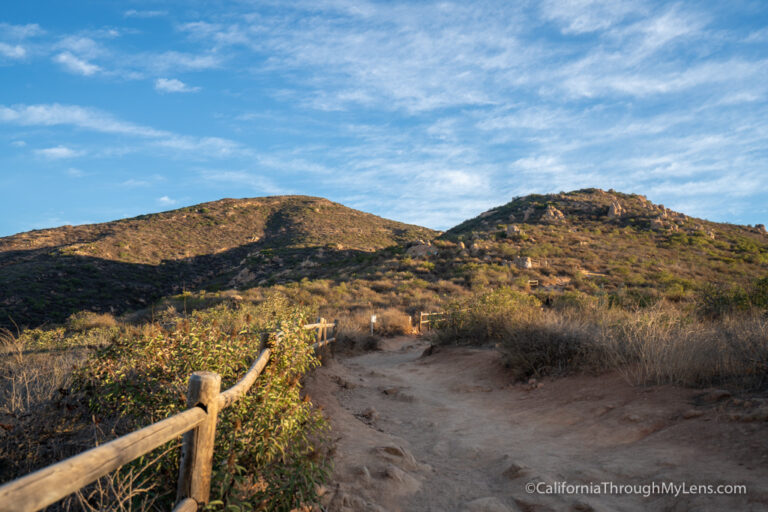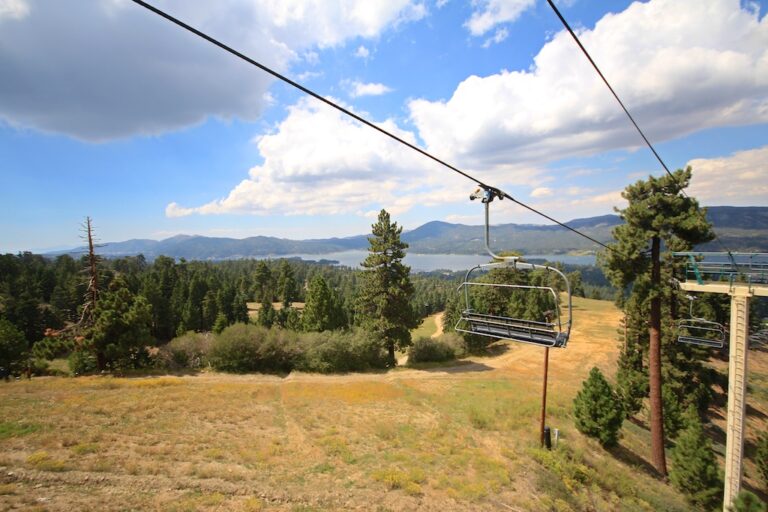Big Bear’s Gold Fever Off Road Trail
Big Bear’s Gold Fever Trail is an 11 mile dirt road trail only accessible with a high clearance or 4WD car. It takes you through the beautiful Holcomb Valley, which used to be a thriving gold rush area in the mid-1800s. While not much is left to see on the trail at many of the stops, there are still a few historic areas to see on the drive, here is all the information.
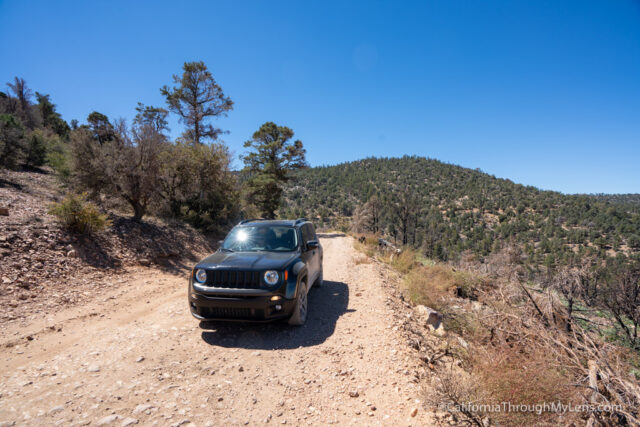
Details
- 10 miles each way or 20 round trip
- Need a high clearance / 4WD car
- Need to walk to many of the sights
- This information is from my visit in 2018
- Read about all of my favorite spots in Big Bear here
Getting There
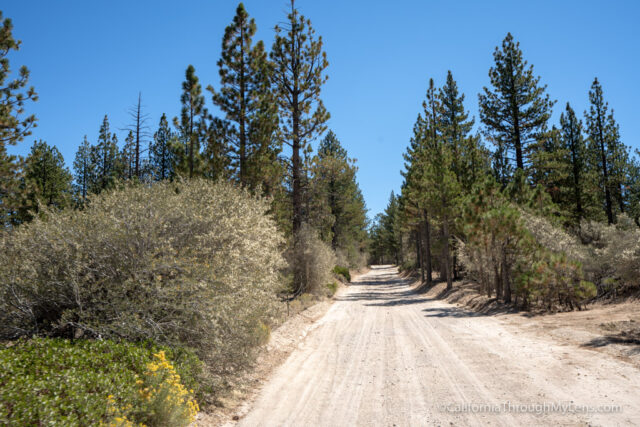
To start the trail, I would recommend going to the Big Bear Discovery Center and asking them about the current road conditions. You will also want to pick up a pamphlet on the trail as it will tell you a lot more history on the spots. This is especially important since many of them are no longer there. The pamphlet will also give you directions to get to where the drive officially starts. Here is a scan of the map.
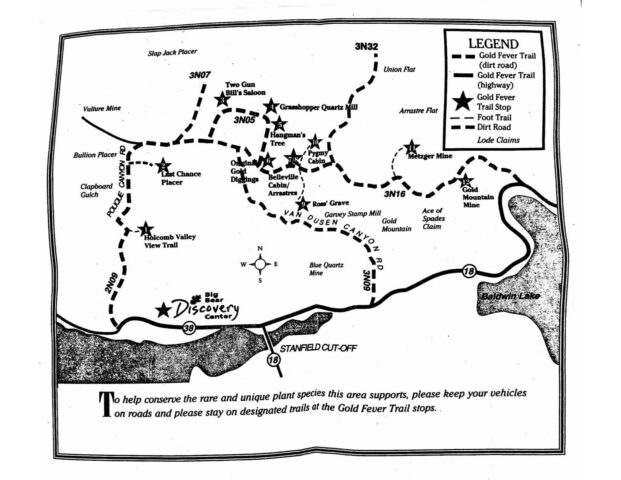
The Drive & Points of Interest
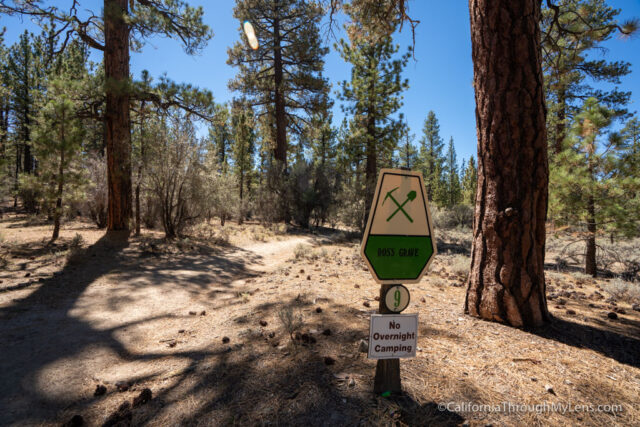
Once you begin the drive, you will just be following the dirt road and looking for the different numbered signs. Most of them were easy to see, but I did miss a couple that might not be there, or I just didn’t see them. The first one, which takes you on a trail to a view of the valley, is one of the ones I missed. Here are the rest of them though.
2. Last Chance Placer
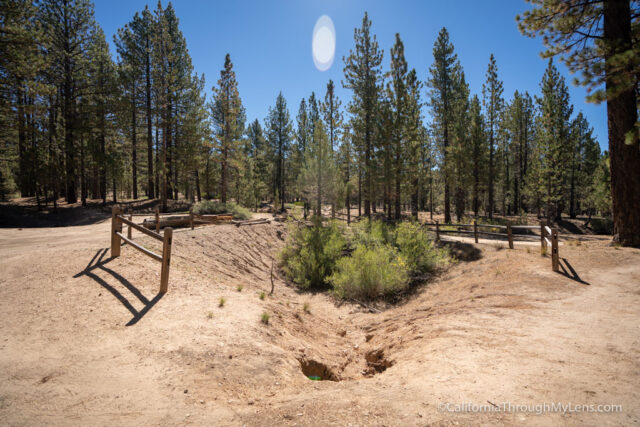
This one is a big mining pit, where gold was separated from sand or gravel with water. There are large mounds here that show the dirt they removed during this process.
3. Two-Gun Bills Saloon
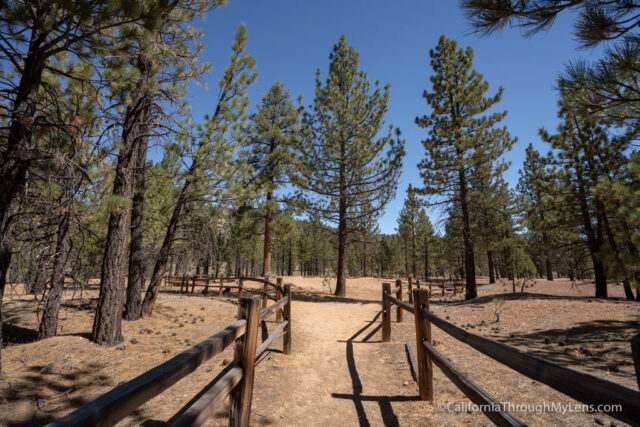
This stop requires you to hike about 100 yards to the remains of the saloon. There is not much to see here, but there are a few large logs from the cabin which once stood under the trees.
4. Jonathan Tibbetts Quartz Mill
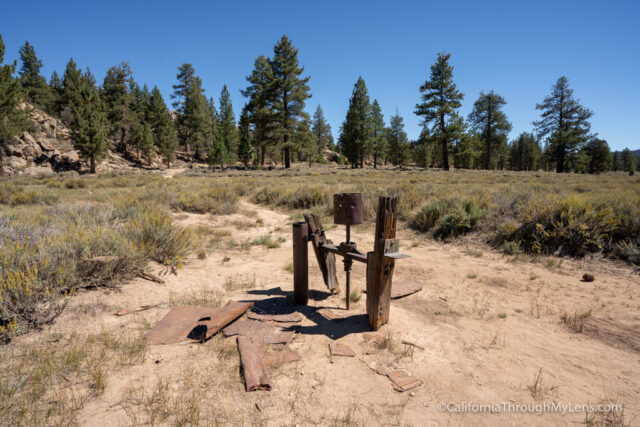
This one also requires a 300 yard walk. The trail takes you past some small sand hills and over to a few small pieces of equipment from what was once a stamp mill.
5. Hangman’s Tree
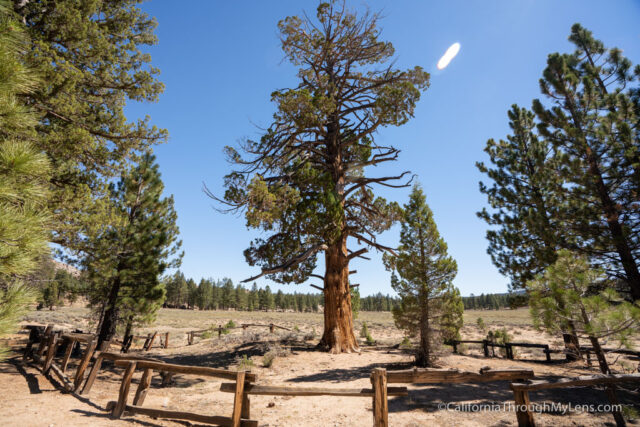
This tree is one of the more exciting stops on the drive, even though it is not the actual hangman tree that was used. The original tree was cut down, but this tree serves as an example of the frontier justice that was administered on the many outlaws that came into the area.
6. Original Gold Diggings
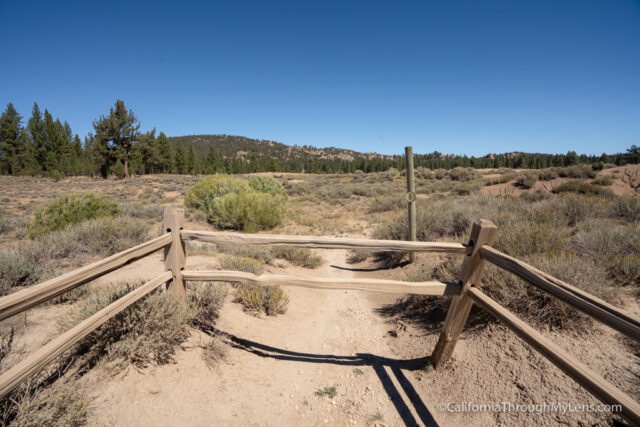
At this stop, I actually didn’t see anything other than the sign. There was supposed to be a stream here that was used for gold panning, but it was not there when I went.
7. Belleville & 8. Gold Ore Grinder
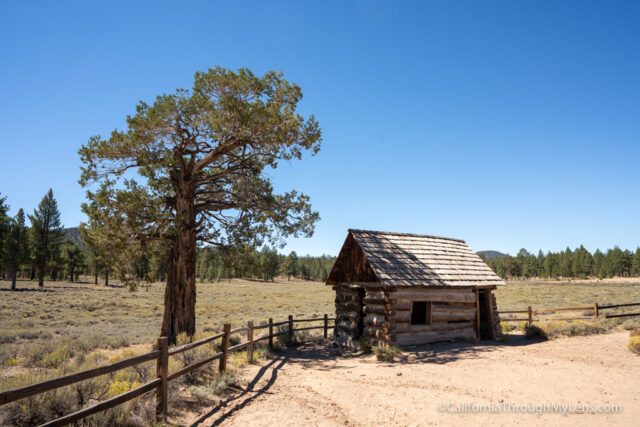
Belleville is the best stop on the drive. Here there is a log cabin that sits in the middle of a large meadow. It was moved to this site from its original location, but it is still an excellent example of what the area would have looked like when people lived here.
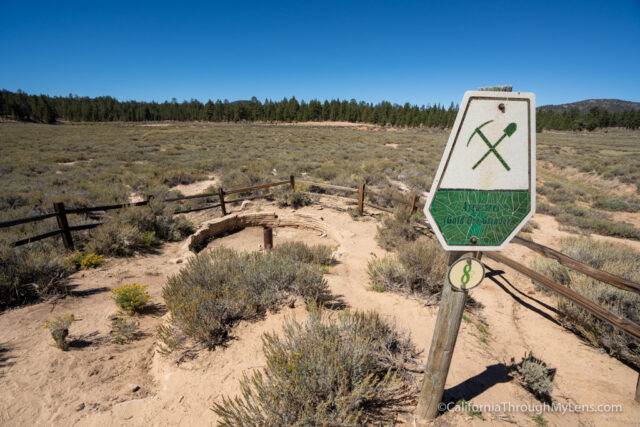
Past the log cabin, there is a gold ore grinder that you can still see in the ground. It was used with a mule and pulley system to get gold out of the rock.
9. Ross Grave
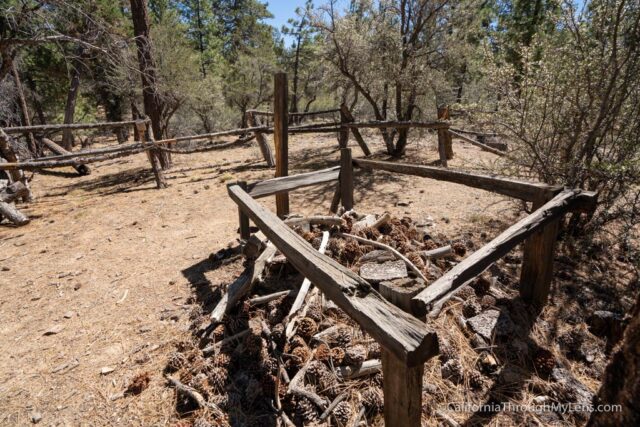
It’s about 200 yards hike to this spot. The grave is for a person named “Ross” of which not much is known. It has a picket fence that surrounds the grave though, which was unique for the time.
10. Pygmy Cabin Site
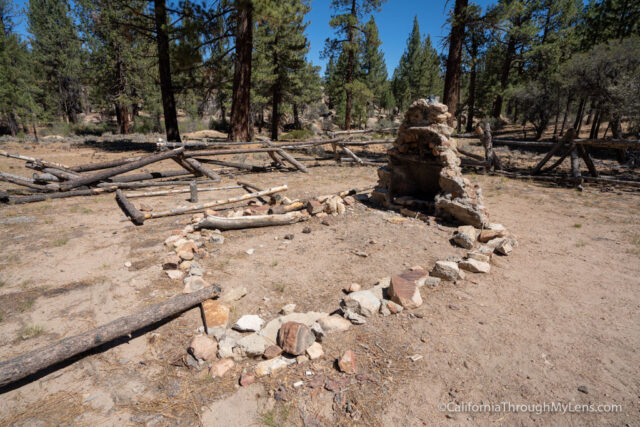
It is about 300 yards hike to the remains of this cabin. The cabin originally stood at only 6 feet tall with a door of only 4 feet, so people now speculate about who lived here. The cabin does not have any sides left, but you can see the base and the fireplace showing how tall it would have been.
11. Metzger Mine
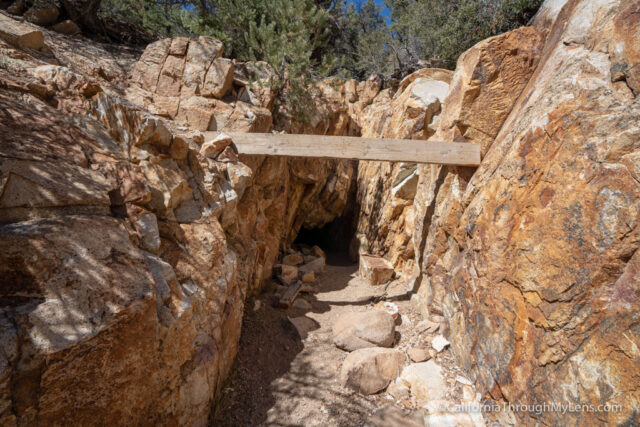
This spot requires about a 400 yard hike to the site. The hike is pretty though, as it goes along a small hill until you eventually reach the entrance to the mine. I am not sure how far it goes in, but it is an exciting stop on the trail.
From here, I would not recommend proceeding forward without 4WD as it was rough when I went.
12. Lucky Baldwin Mine
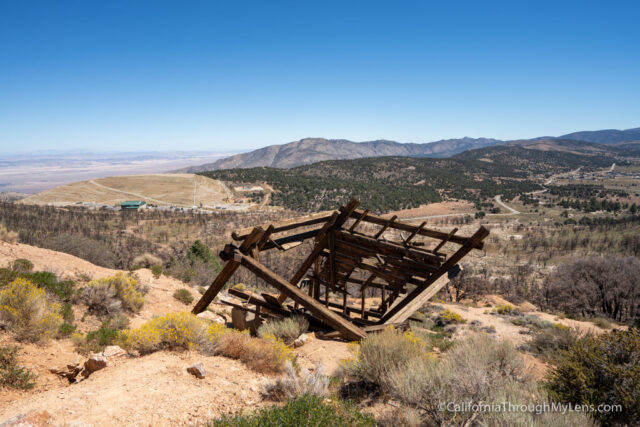
The road continues along the side of the mountain, and it gets pretty rough with significant drop-offs on one side of you. Eventually, it flattens out, and you will cross over the saddle and see a good viewpoint out in front of you. On the side of this hill is the Lucky Baldwin Mine.
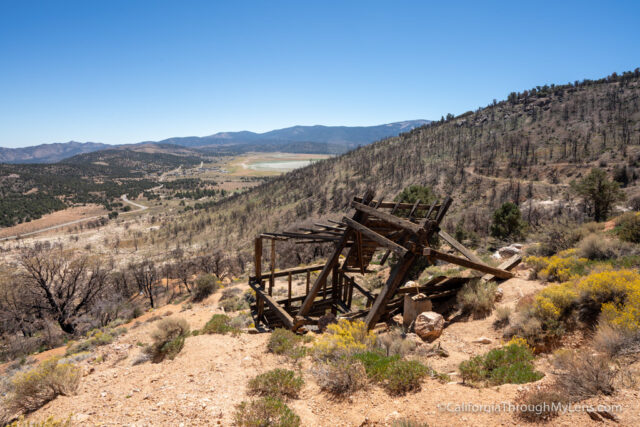
You can park here and walk around the hill to see the mine remains up close. Remember though, it is a really rough road to get to this last stop.
As you can see, this is an interesting and historic place to visit in Big Bear. Since many of the sites do not have much at them, I would probably only recommend it if you are looking for an intro off-roading trail or into the area’s history. Check it out and let me know what you think in the comments.
